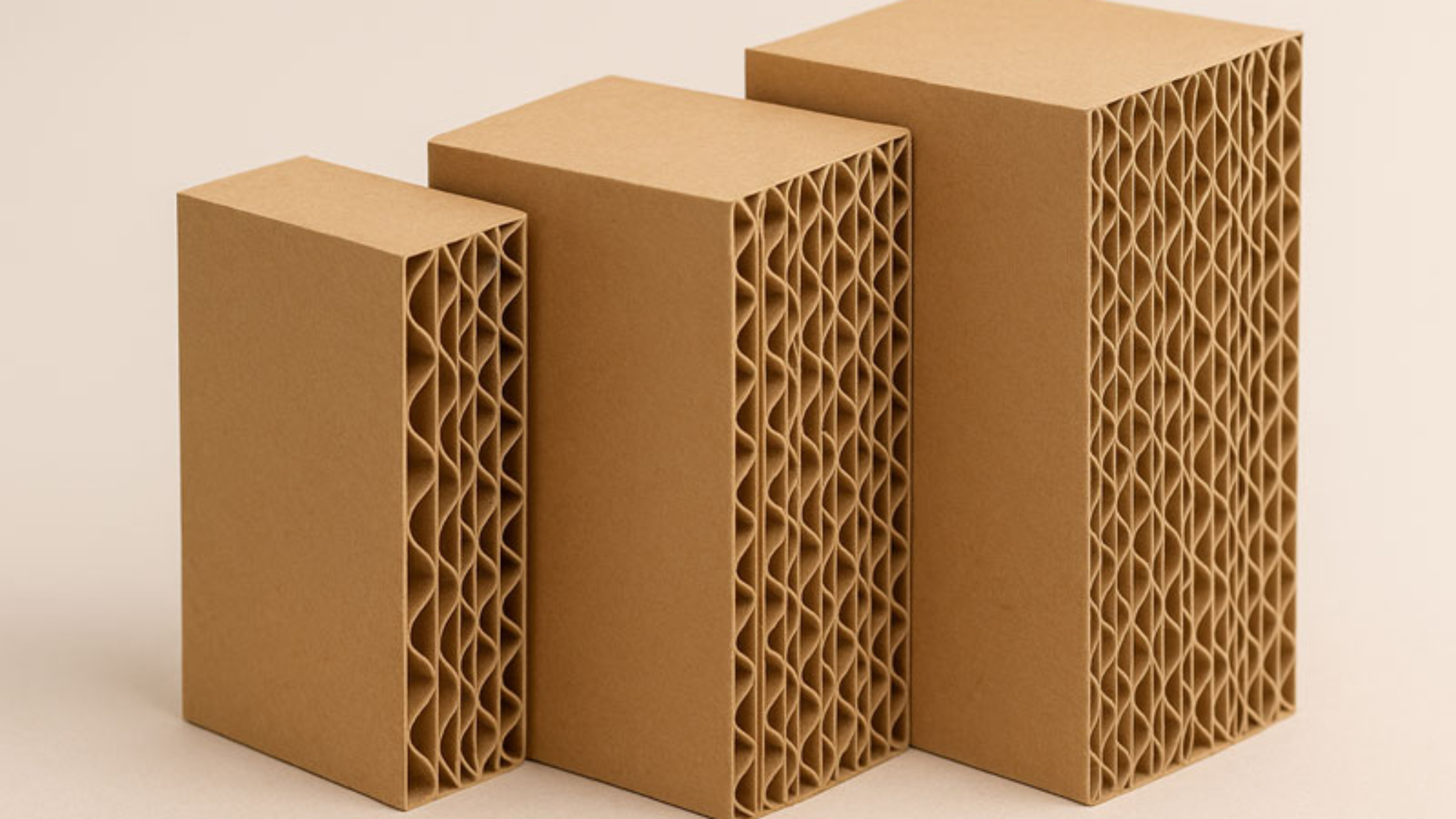Exploring applications, benefits and smart choices in industrial packaging
Introduction
In today’s competitive world, packaging is not just a protective covering for your product; it is also an important part of your brand identity, marketing, and even sales. Choosing the right type of packaging carton can make a significant difference in product safety, logistics costs, and customer perception of your brand.
One of the most important decisions manufacturers and exporters make is choosing between 3-ply, 5-ply, and 7-ply cartons. Each of these cartons has its own unique features, benefits, and applications. If chosen correctly, they can help improve packaging quality, reduce costs, and increase customer satisfaction.
In this article from the Middle East Steel Carton blog, we will examine the differences between these three types of cartons, their benefits, applications, and a guide to making a smart choice.
The importance of choosing the right carton in the packaging industry
Choosing the right carton doesn’t just mean physically protecting the product; it also:
- It has a direct impact on transportation costs.
- Plays a key role in warehousing and layout.
- Helps with branding and customer experience.
- In exports, it ensures compliance with packaging standards.
3-layer cardboard: light, economical and widely used
Structure
Three-ply cardboard consists of two layers of smooth paper (liner) and a corrugated layer (flute) between them.
Benefits
- Lightweight and cost-effective
- Fast production and can be ordered in various sizes
- Suitable for printing and branding
- Highly recyclable
Applications
- Packaging of light products such as clothing, cosmetics, dry foods (pasta, biscuits, snacks)
- Shop and online boxes
- Packaging of everyday consumer items
Limitations
- Lower resistance to pressure and impact
- Not suitable for exporting heavy goods
5-layer carton: a safe choice for shipping and export
Structure
This type of cardboard consists of five layers, including three smooth layers and two fluted layers.
Benefits
- Greater strength and durability than three-layer cardboard
- High weight and pressure bearing capacity
- Suitable for long-term transportation
- Greater resistance to moisture and changing weather conditions
Applications
- Packaging of semi-heavy products such as small household appliances, glass and crystal, bulky food
- Export of sensitive goods
- Industrial packaging for automotive parts or electrical equipment
Limitations
- Heavier weight than three-layer cardboard
- Higher production cost
7-layer cardboard: the strongest option for heavy industries
Structure
7-layer cardboard consists of four flat layers and three fluted layers and has the highest resistance among all types of cardboard.
Benefits
- Extremely high weight capacity
- Resistant to pressure, moisture and impact
- Suitable for exporting bulky and heavy goods
- Long-lasting in harsh international transportation conditions
Applications
- Heavy industry (large industrial parts, engines, large household appliances such as refrigerators or washing machines)
- Export of bulky and sensitive products
- Packaging of goods that require multi-layer protection
Limitations
- Higher cost
- More weight which may affect shipping costs
Comparison of 3, 5 and 7 layer cardboard
| Features | 3-layer carton | 5-layer carton | 7-layer carton |
|---|---|---|---|
| Strength | Low | Medium | Very high |
| weight | Light | Medium | Heavy |
| Cost | Economic | Balanced | Top |
| Main application | Light and consumer products | Semi-heavy goods, export | Heavy and bulky goods |
| Printing and branding | Excellent | Good | Medium |
A guide to choosing the right cardboard for your business
1. Product weight and dimensions: If the product is light, a 3-ply carton is sufficient. For heavier products, you need 5 or 7 layers.
2. Target market type: In the domestic market, you can use 3 or 5-ply cartons, but for export, 5 and 7-ply cartons are safer choices.
3. Logistics costs: The higher weight of 5 and 7-ply cartons may increase shipping costs, so you need to balance safety and cost.
4. Branding and appearance: If you need stylish packaging for stores, tri-ply or laminated cartons with printable capabilities are more suitable.
5. Transportation conditions: Long distances or harsh conditions require more resistant cartons.
The role of professional packaging in brand success
Choosing the right carton is only part of the equation. Graphic design, quality printing, color selection, and adherence to standards are all factors that can:
- Increase customer trust
- Multiply your sales
- Reduce return costs
- Make your brand memorable
Conclusion
3, 5 and 7 layer cartons each have their own specific applications. The right choice among them depends on the type of product, weight, transportation conditions and your target market.
At Polad Karton Middle East, using modern technology and high-quality raw materials, 3, 5 and 7 layer, die-cut and laminated cartons are produced to best meet the needs of domestic and export industries.











